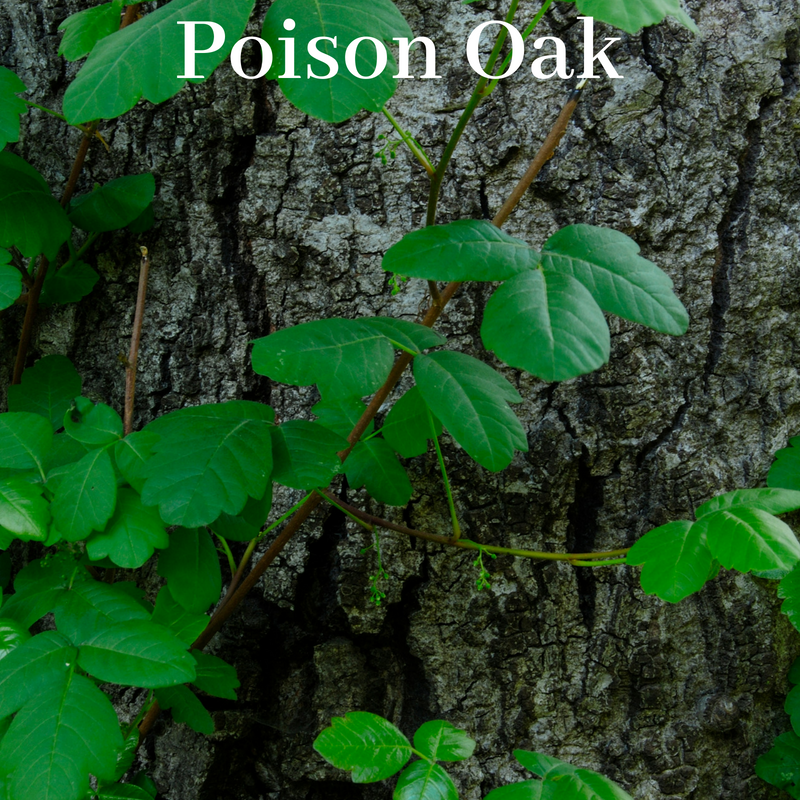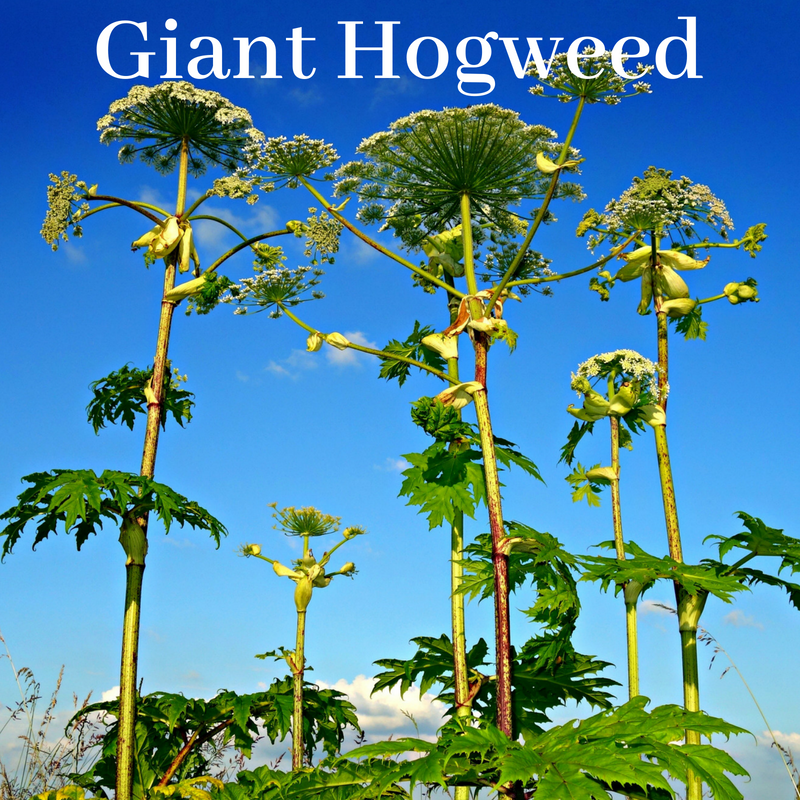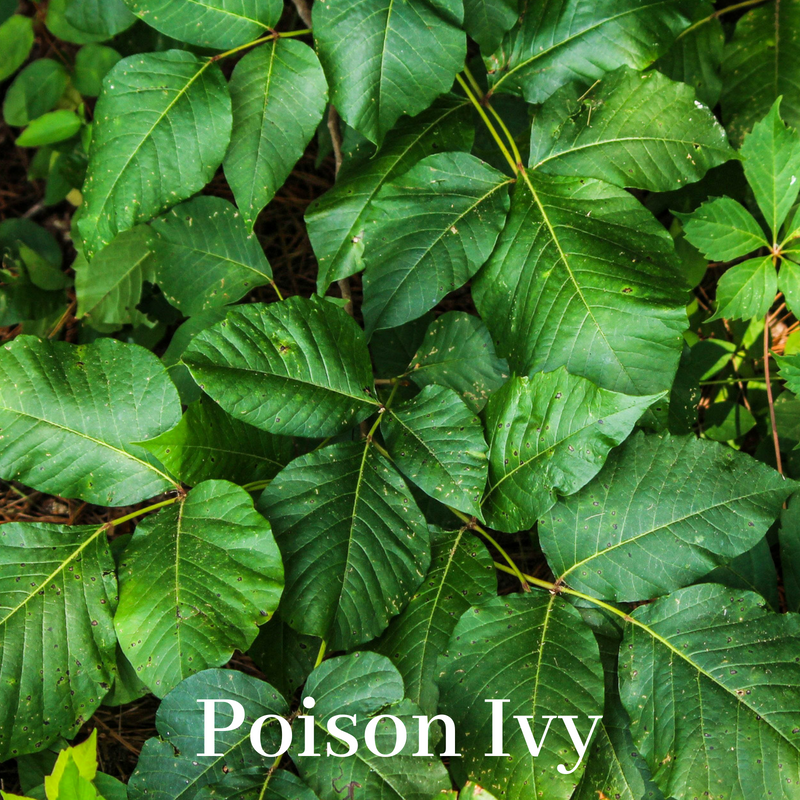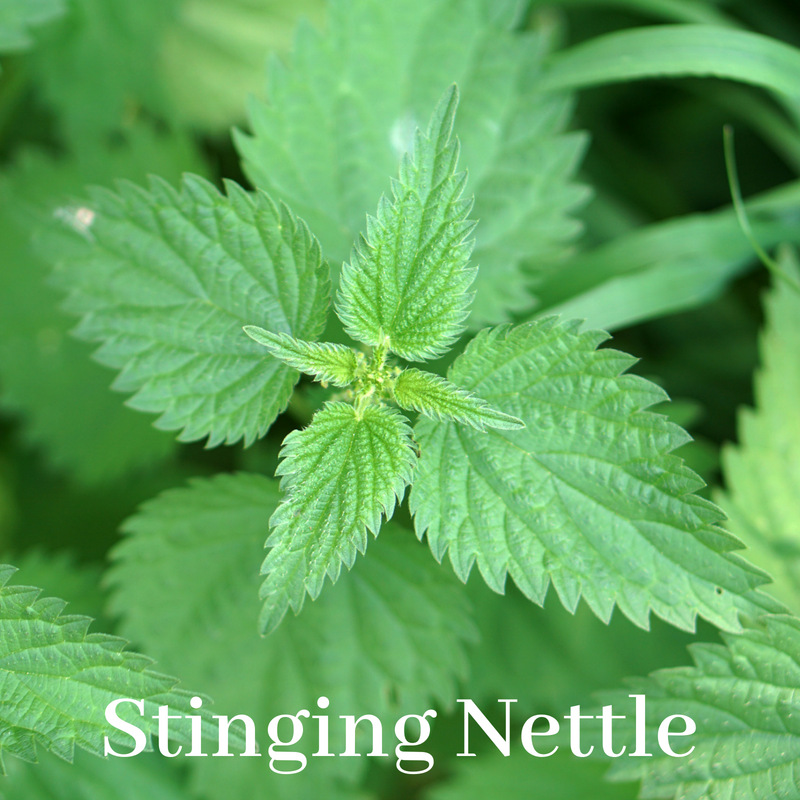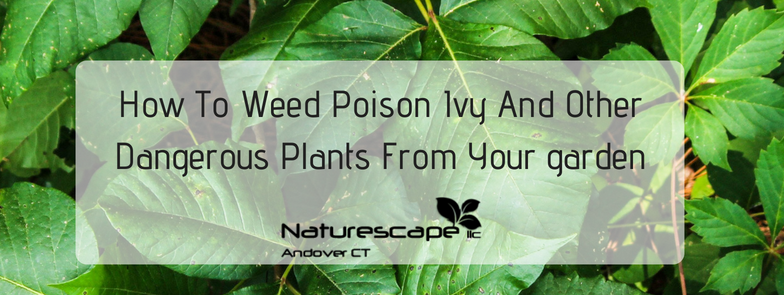
How To Weed Poison Ivy And Other Dangerous Plants From Your garden
Getting Poison Ivy has to be one of the worst things to experience. The rashes from these plants can leave you with unbearable itching for days! There are several other types of dangerous plants in New England that can hurt anyone who comes in contact with them. Unfortunately, gardeners and groundskeepers run into these types plants quite often so it is important to know how to weed poison ivy and other dangerous plants.
Plants you should watch out for…
- Poison Ivy
- Poison Oak
- Poison Sumac
- Stinging Nettle
- Giant Hogweed
First of all, know what plants you are weeding. Have your weeding bucket nearby so you don’t have to re-expose yourself trying to dispose of the weed. Don’t just pull plants out not knowing what you are touching. You could be removing some amazing perennials or worse, touching a poisonous plant such as poison ivy, oak or sumac. Most plants such as stinging nettle will hurt immediately.

Fortunately, you can remove them from your garden without getting hurt and without sweating profusely by wearing a protective rubber suit! As demonstrated in the picture, using a weeding tool, pull the plant away from your body. Start with the tool at the bottom of the plant to start to nudge it out of the ground. Reach down below the soil surface and grab onto the plant down as low as possible. The thorns will not be below the surface and you can grab a hold without getting hurt.
https://www.youtube.com/embed/4oyoDRHpQK0
If you are dealing with Poison Ivy, the link above goes to a great video on how it is spread. The gentleman in the video explains that the oil can easily be washed off if done so within 2-4 hours of exposure. I normally avoid pulling it out but will if have to using gloves and washing profusely after. I can often use my weeding tool or shovel to pull it out and put in my bucket. We usually all wear gloves to protect our hands, but there are often times when we touch poisonous plants just by being in the vicinity of them.

